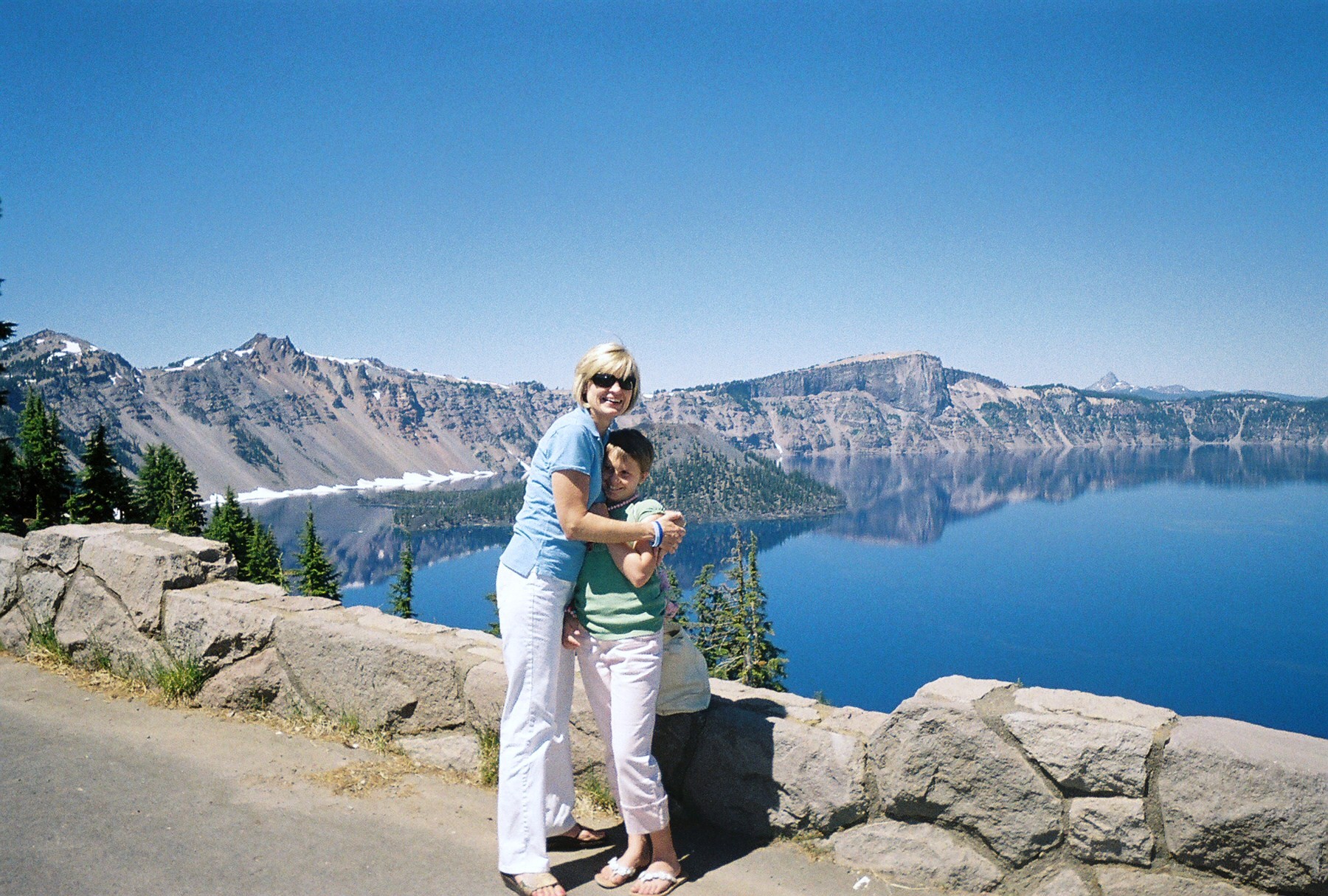Today, UNC Health Care announced an innovative, gene transfer-based treatment approach for children with giant axonal neuropathy (GAN). The treatment, developed by researchers led by Steven J. Gray, PhD, is the first of its kind. A clinical trial is now underway at the National Institute of Neurological Disorders and Stroke (NINDS) of the National Institutes of Health (NIH).
This is significant news for Taylor’s Tale and the Batten disease community because we’re funding Dr. Gray’s work on infantile Batten disease – work modeled after the GAN research that is now treating children at the NIH. continue reading →

